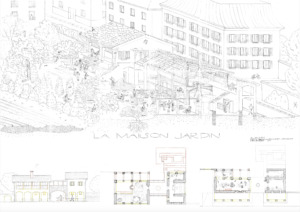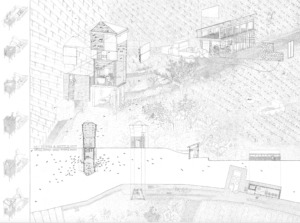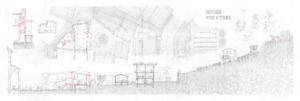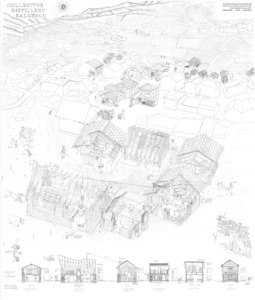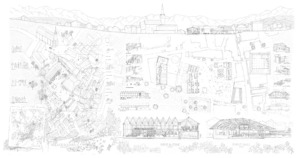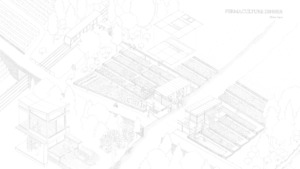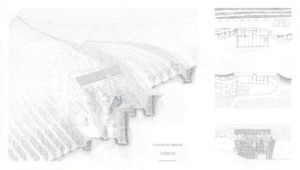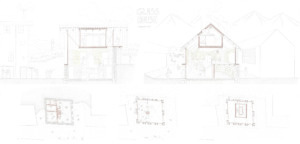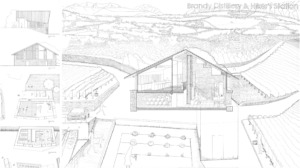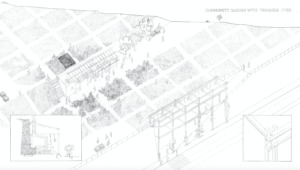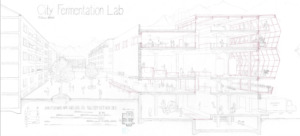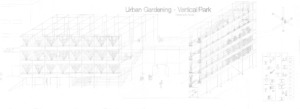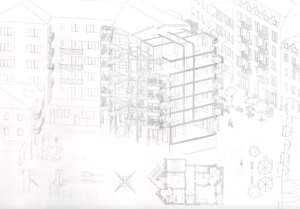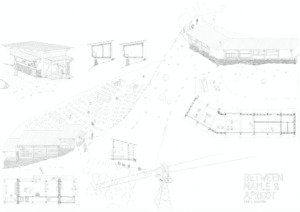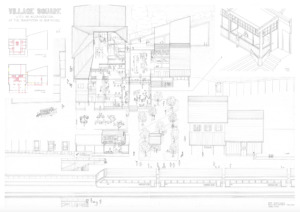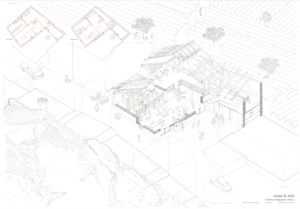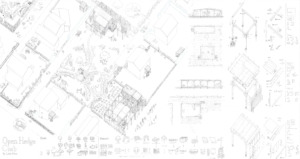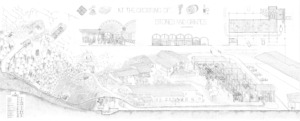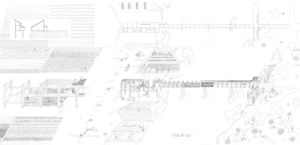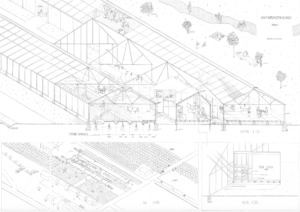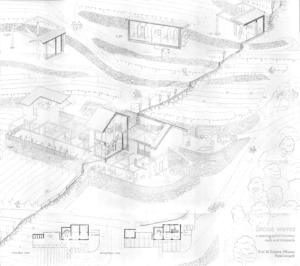HS20
FRUIT BEHAVIOROLOGY IN SWITZERLAND - DESIGNING URBAN RURAL COMMONS
The notion of Urban Rural Commons is understood as the possibility to consider both rural and urban commons, as well as a possible interaction between the two. Students will examine the existing livelihood with ethnographic approach and visualize them by actor network drawings. Then, through drawings and models, the students will propose an architectural project to intervene in the network and establish Urban Rural Commons to define a possible future for the study area.
This year, we focus on designing architecture for livelihoods focused on permanent fruit crops, such as vineyards, apple orchards or chestnut forests. We are aiming to design Urban Rural Commons within the small rural communities and the larger urbanised area and forester a better connection within and between village and urban life. Fruit crops are in many ways important for Switzerland. For example, a typical person in Switzerland consumes more than 15 kilograms of apples and about 40 bottles of wine per year. Besides the nutritional value, fruit has a highly symbolic value in our culture, spanning from ancient stories to modern day politics and everyday rituals. And lastly fruit and the producers, which can be gained by certain processes have a great economic value and massive impact on the areas, where fruit plantations are possible and will usually change entire landscapes.
One of the biggest and most important fruit growing areas and our field of study in the autumn semester will be the lower Valais. There, plantations, retaining walls, irrigation system and other infrastructure have shaped the valley for centuries and fruit plantations reach even within the most urbanised centers.
